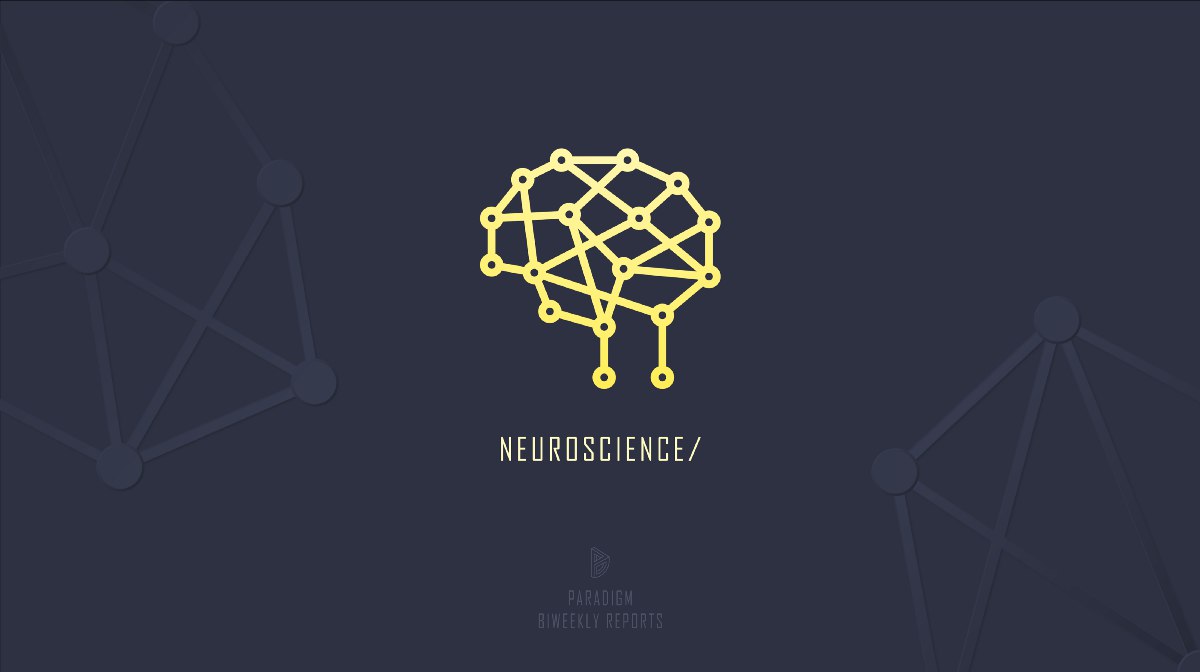АБ
Size: a a a
2020 August 21
Может быть Алексей не точно название сказал
K
Есть «Сотрудники с характером» Аксельрода, там про психопатологии сотрудников и руководителей внутри организации и как ими оптимальнее управлять.
K
По смыслу может подойти. Есть на литресе)
АБ
Спасибо! 👍
AF
Анжелика Баракова
К сожалению, больше информации нет. О ней говорил Алексей Филатов в одном из своих курсов. Я тоже не нашла информацию. Но анонс заинтриговал
Я не помню, где говорил это)) Возможно я имел ввиду вот эту книгу. По крайней мере я ее знаю)) https://www.amazon.com/Corporate-Psychopaths-Organizational-Destroyers-Boddy/dp/0230284728
AF
Вот эту я смотрел, но так и не купил https://www.palgrave.com/gp/book/9781137370754
АБ
Я не помню, где говорил это)) Возможно я имел ввиду вот эту книгу. По крайней мере я ее знаю)) https://www.amazon.com/Corporate-Psychopaths-Organizational-Destroyers-Boddy/dp/0230284728
По-моему, в контексте вербовки говорили. Что людей с сильной я-концепцией сложно вербовать. И к слову пришлось, что люди в бизнесе,как правило, имеют психопатологии. Я так понимаю, на русском языке её нет?
AF
Говорят, вот эта еще хорошая. Но не читал https://www.amazon.com/Taming-Toxic-People-Identifying-Psychopaths-ebook/dp/B0711T2XNK
АБ
Эх, не знаю я английского(( но все равно спасибо!
AF
Анжелика Баракова
По-моему, в контексте вербовки говорили. Что людей с сильной я-концепцией сложно вербовать. И к слову пришлось, что люди в бизнесе,как правило, имеют психопатологии. Я так понимаю, на русском языке её нет?
может вот эта? https://www.labirint.ru/books/274434/
АБ
может вот эта? https://www.labirint.ru/books/274434/
Возможно. Эту я находила
AF
Анжелика Баракова
Возможно. Эту я находила
Вот эта еще старенькая и простенькая. Она была на русском https://www.amazon.com/Snakes-Suits-When-Psychopaths-Work/dp/0061147893
АБ
Спасибо большое!
ДД
Анжелика Баракова
К сожалению, больше информации нет. О ней говорил Алексей Филатов в одном из своих курсов. Я тоже не нашла информацию. Но анонс заинтриговал
Так спросит у него лично, в чем проблема? Он здесь в чате
АБ
Так спросит у него лично, в чем проблема? Он здесь в чате
Уже)
ДД
Алексей отличный человек! Всегда подскажет!
AF
Алексей отличный человек! Всегда подскажет!
🤝🤝
SS
NT/ A brain network supporting social influences in human decision-making
TL;DR
- Neuroscientists delineated social decision-making in the human brain. These findings suggest that two unique types of learning signals are computed in distinct but interacting regions in the human brain.
- Researchers demonstrated how a deep learning framework they call 'Brain-NET' can accurately predict a person's level of expertise in terms of their surgical motor skills, based solely on neuroimaging data.
- The neurons of layer 6 - the deepest layer of the cortex - were examined by researchers to uncover how they react to sensory stimulation in different behavioral states.
- New research from the TABLET project recruited 12-month-old infants who had different levels of touchscreen usage.
- A newly developed treatment that increases the speed of nerve regeneration by three to five times could lead to much better outcomes for trauma surgery patients.
- Experts estimate up to one third of people attending specialist memory clinics in the UK could have a condition that is commonly mistaken for early dementia.
- A new mechanism of blood redistribution that is essential for the proper functioning of the adult retina has just been discovered in vivo.
- New research by neuroscientists revealed that a simple, earbud-like device developed at UCSF that imperceptibly stimulates a key nerve leading to the brain could significantly improve the wearer's ability to learn the sounds of a new language.
- Transgender and gender-diverse adults are three to six times more likely as cisgender adults (individuals whose gender identity corresponds to their sex assigned at birth) to be diagnosed as autistic, according to a new study by scientists at the University of Cambridge's Autism Research Centre.
- Our mouths may be home to a newly discovered set of multi-tasking taste cells that - unlike most known taste cells, which detect individual tastes - are capable of detecting sour, sweet, bitter and umami stimuli.
- Imagine if every time you looked at a face, one side of the face always appeared distorted as if it were melting, resembling a painting by Salvador Dalí. This is the case for people with hemi-prosopometamophosia (hemi-PMO). A new study finds that people with hemi-PMO see distortions to the same half of a person's face regardless of how it is viewed. The results show how the the brain uses a process similar to computer face recognition systems to perceive faces.
- To understand language, we have to remember the words that were uttered and combine them into an interpretation. How does the brain retain information long enough to accomplish this, despite the fact that neuronal firing events are very short-lived? - Researchers propose a neurobiological explanation bridging this discrepancy. Neurons change their spike rate based on experience and this adaptation provides memory for sentence processing.
- Adopting a third-person, observer point of view when recalling your past activates different parts of your brain than recalling a memory seen through your own eyes, according to a new article.
...And more!
#NT
https://medium.com/paradigm-fund/nt-a-brain-network-supporting-social-influences-in-human-decision-making-8c60a66a55e4
Neuroscience biweekly vol. 13, 7th August - 21st AugustTL;DR
- Neuroscientists delineated social decision-making in the human brain. These findings suggest that two unique types of learning signals are computed in distinct but interacting regions in the human brain.
- Researchers demonstrated how a deep learning framework they call 'Brain-NET' can accurately predict a person's level of expertise in terms of their surgical motor skills, based solely on neuroimaging data.
- The neurons of layer 6 - the deepest layer of the cortex - were examined by researchers to uncover how they react to sensory stimulation in different behavioral states.
- New research from the TABLET project recruited 12-month-old infants who had different levels of touchscreen usage.
- A newly developed treatment that increases the speed of nerve regeneration by three to five times could lead to much better outcomes for trauma surgery patients.
- Experts estimate up to one third of people attending specialist memory clinics in the UK could have a condition that is commonly mistaken for early dementia.
- A new mechanism of blood redistribution that is essential for the proper functioning of the adult retina has just been discovered in vivo.
- New research by neuroscientists revealed that a simple, earbud-like device developed at UCSF that imperceptibly stimulates a key nerve leading to the brain could significantly improve the wearer's ability to learn the sounds of a new language.
- Transgender and gender-diverse adults are three to six times more likely as cisgender adults (individuals whose gender identity corresponds to their sex assigned at birth) to be diagnosed as autistic, according to a new study by scientists at the University of Cambridge's Autism Research Centre.
- Our mouths may be home to a newly discovered set of multi-tasking taste cells that - unlike most known taste cells, which detect individual tastes - are capable of detecting sour, sweet, bitter and umami stimuli.
- Imagine if every time you looked at a face, one side of the face always appeared distorted as if it were melting, resembling a painting by Salvador Dalí. This is the case for people with hemi-prosopometamophosia (hemi-PMO). A new study finds that people with hemi-PMO see distortions to the same half of a person's face regardless of how it is viewed. The results show how the the brain uses a process similar to computer face recognition systems to perceive faces.
- To understand language, we have to remember the words that were uttered and combine them into an interpretation. How does the brain retain information long enough to accomplish this, despite the fact that neuronal firing events are very short-lived? - Researchers propose a neurobiological explanation bridging this discrepancy. Neurons change their spike rate based on experience and this adaptation provides memory for sentence processing.
- Adopting a third-person, observer point of view when recalling your past activates different parts of your brain than recalling a memory seen through your own eyes, according to a new article.
...And more!
#NT
https://medium.com/paradigm-fund/nt-a-brain-network-supporting-social-influences-in-human-decision-making-8c60a66a55e4
AF
Новость в том, что в политике люди оказались столь же нерациональны, как и в экономике. В результате этого, политический раскол провоцируют не «злобные элиты», а сам народ своей нерациональностью.
События в Беларуси начинают все более напоминать Венесуэлу (Лукашенко в роли Мадуро, а Тихоновская в роли Гуайдо). Позиции политических противников все более поляризуются. И это вполне соответствует глобальному тренду политической поляризации, наблюдаемому в большинстве демократических стран. И США, между прочим, в этом тренде явный лидер.
Казалось бы, что может быть общего в столь разных обществах, следствием чего становится нарастающий политический раскол? Похоже, ответ найден — человеческая нерациональность в принятии политических решений.
Продолжить чтение на 3 мин.
- на Medium http://bit.do/fHuhB
- на Яндекс Дзен https://clck.ru/QGvSX
#Раскол #Выборы
События в Беларуси начинают все более напоминать Венесуэлу (Лукашенко в роли Мадуро, а Тихоновская в роли Гуайдо). Позиции политических противников все более поляризуются. И это вполне соответствует глобальному тренду политической поляризации, наблюдаемому в большинстве демократических стран. И США, между прочим, в этом тренде явный лидер.
Казалось бы, что может быть общего в столь разных обществах, следствием чего становится нарастающий политический раскол? Похоже, ответ найден — человеческая нерациональность в принятии политических решений.
Продолжить чтение на 3 мин.
- на Medium http://bit.do/fHuhB
- на Яндекс Дзен https://clck.ru/QGvSX
#Раскол #Выборы







